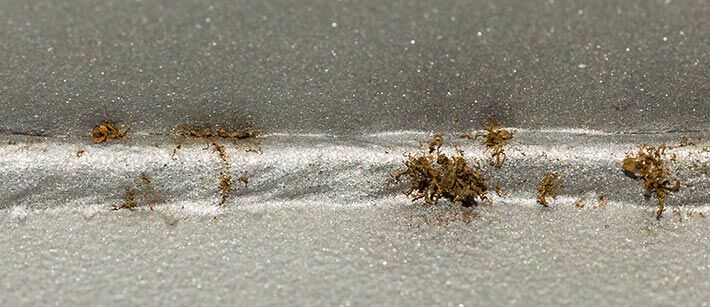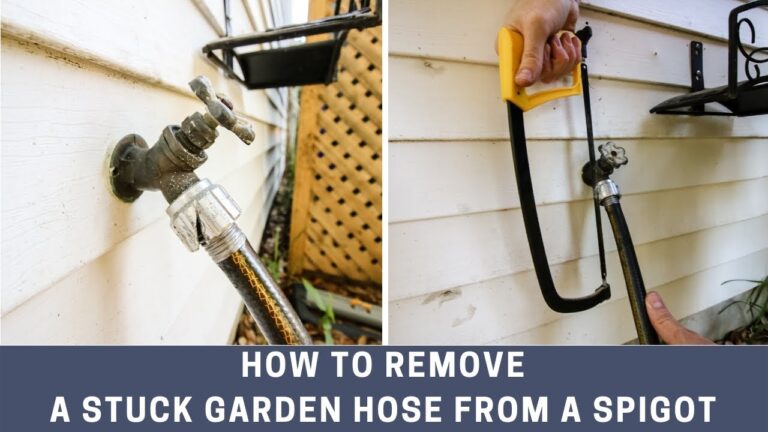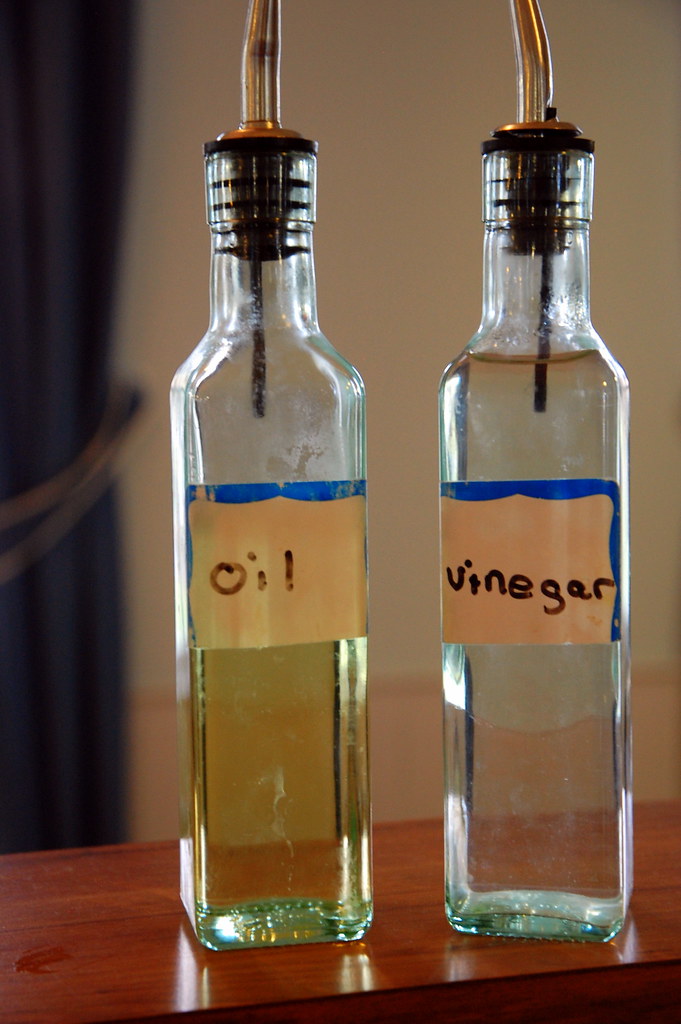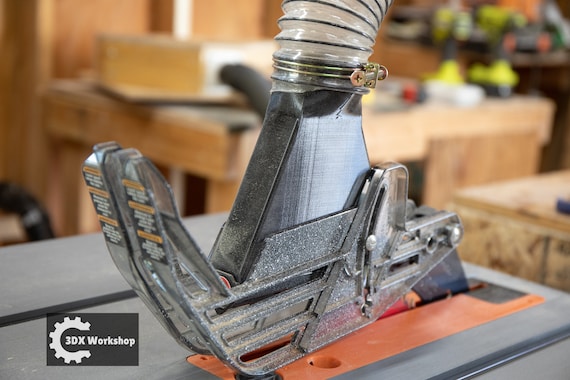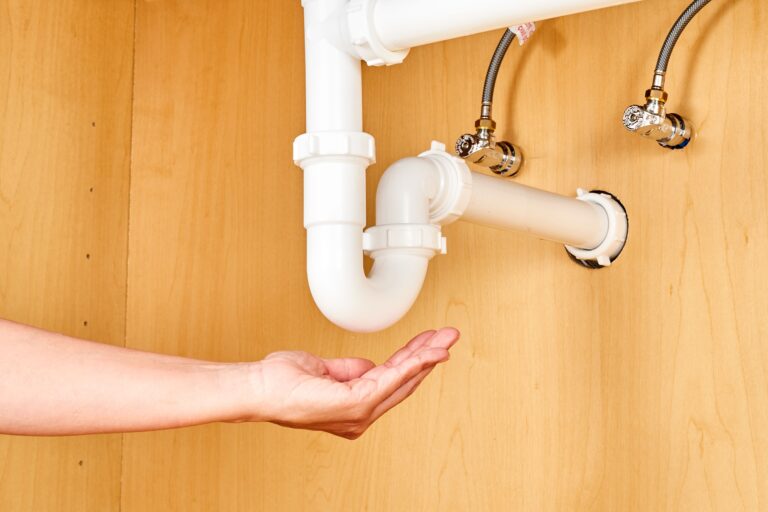What Chemical Destroys Stainless Steel?
Stainless steel is a highly durable and corrosion-resistant material used in a variety of applications, such as cookware and medical equipment. However, in certain circumstances, the material may be subject to chemical damage, which can lead to corrosion. One of the chemicals that can cause damage and corrosion to stainless steel is hydrochloric acid (HCl). Hydrochloric acid is a strong acid that can corrode and destroy stainless steel if it is exposed for a prolonged period of time. Therefore, it is important to be aware of the potential hazards of using hydrochloric acid near stainless steel and to take the necessary precautions to protect the material.
Understanding Stainless Steel
and the Chemicals That Can Destroy It
Stainless steel is a common material for many industrial and commercial applications, thanks to its durability and corrosion resistance. But despite its strength, stainless steel can still be damaged by certain chemicals. It’s important to understand what chemicals are capable of destroying stainless steel in order to prevent costly damage or contamination.
Under ordinary circumstances, stainless steel is resistant to corrosion and is unaffected by most acids and alkalis. This is due to its chromium content, which forms a protective oxide film on the surface of the steel. However, when exposed to certain acid compounds, the protective film can be broken down, leading to corrosion.
The most common chemical that can damage stainless steel is hydrochloric acid. This corrosive acid is often used in industrial cleaning and is capable of eating away at the protective oxide film on the steel’s surface. In addition, sulfuric acid, nitric acid, and other strong acids can also corrode stainless steel.
Certain alkalis, such as sodium hydroxide, can also damage stainless steel. This chemical is often used in the production of soaps, and can cause the protective oxide film to break down.
To prevent the destruction of stainless steel, it is important to choose the right chemicals for the job. For instance, when cleaning stainless steel, it is best to use a mild detergent and warm water. Additionally, it is important to rinse the steel with clean water after use to remove any chemical residue.
By understanding the chemicals that can damage stainless steel, you can protect your equipment and ensure it lasts for years to come.
The Components of Stainless Steel
Stainless steel is an incredibly versatile and durable material, used in a variety of applications from cookware to medical devices. It’s composed of iron, chromium, nickel, and other elements, and is resistant to corrosion and rusting. However, stainless steel is not impervious to damage and can be destroyed by certain chemicals. To understand why this happens, it’s important to look at the components of stainless steel and how they interact with particular chemicals.
Iron is the primary element in stainless steel, and it’s what gives the material its strength and resistance to corrosion. Chromium is also an important component, as it forms a thin, protective layer on the surface of the steel. This layer helps to prevent rust and corrosion, but can be damaged if exposed to certain chemicals. Nickel is also found in stainless steel, and it helps to increase the corrosion resistance and strength of the material.
When exposed to certain chemicals, these components can react in ways that can cause damage to the stainless steel. For example, chlorine and chlorides can react with the chromium in the stainless steel, weakening the protective layer and leading to corrosion. Similarly, sulfur compounds and acids can dissolve the protective layer of chromium, leaving the steel exposed to the elements and leading to rust.
By understanding the components of stainless steel and the effects of certain chemicals, we can better protect our stainless steel from damage. To prevent corrosion and rust, it’s important to avoid exposing stainless steel to chlorine, chlorides, sulfur compounds, or acids.
The Chemical Reactions Involved
Stainless steel is a popular material due to its superior durability and corrosion resistance, but it is not immune to damage from certain chemicals. While stainless steel is designed to resist the extreme effects of different chemicals, there are some that can cause it to corrode quickly. To understand this process, it is important to understand the chemical reactions that can occur when stainless steel is exposed to certain chemicals.
The most common reaction occurs when stainless steel is exposed to chloride-based compounds, including hydrochloric acid and chlorides. These compounds react with the iron in the stainless steel to form ferric chloride, which is highly corrosive. In addition, the chromium present in stainless steel can react with other chemicals to form chromium oxide, which can also corrode the material.
Other chemicals, such as sulfuric acid and nitric acid, can also cause stainless steel to corrode. These acids react with the chromium in the stainless steel to form chromium sulfate and chromium nitrate, which are also highly corrosive.
It is important to note that not all chemicals will have the same effect on stainless steel. Some chemicals, such as hydrofluoric acid, can actually help protect the material from corrosion. In addition, stainless steel can be further protected by coating it with a corrosion-resistant coating, such as epoxy or polyurethane.
Ultimately, while stainless steel is designed to resist corrosion, it is important to be aware of the potential chemical reactions that can cause it to corrode. By understanding the chemical reactions involved, it is possible to better protect stainless steel from damage.
Common Chemicals That Can Damage Stainless Steel
Stainless steel is a durable and versatile material, making it a popular choice for a wide range of applications. However, it is not immune to corrosion and damage from certain chemicals. In order to protect this material, it is important to understand what can corrode or damage stainless steel.
The most common corrosive chemicals that can damage stainless steel include strong acids, chlorides, and caustic solutions. Strong acids, like hydrochloric, sulfuric, and phosphoric acid, can lead to pitting corrosion and general corrosion. Chlorides, such as sodium, calcium, and magnesium chloride, can cause crevice corrosion. Caustic solutions, like sodium hydroxide, potassium hydroxide, and ammonium hydroxide, can cause uniform corrosion.
It is important to use the right type of stainless steel when exposed to these chemicals. The wrong type of stainless steel can corrode quickly and lead to costly repairs and replacements. For this reason, it is essential to understand the characteristics of stainless steel and choose the correct grade and alloy for the specific application.
In addition to these chemicals, stainless steel can also be damaged by physical, thermal, and environmental factors. Prolonged exposure to extreme temperatures, ultraviolet radiation, and other elements can lead to corrosion. It is also important to properly maintain and clean stainless steel to extend its lifespan and protect it from damage.
By understanding which chemicals can damage stainless steel, businesses can ensure that they choose the right type of stainless steel for their application. This will help them extend the lifespan of their stainless steel and protect their equipment from costly repairs and replacements.
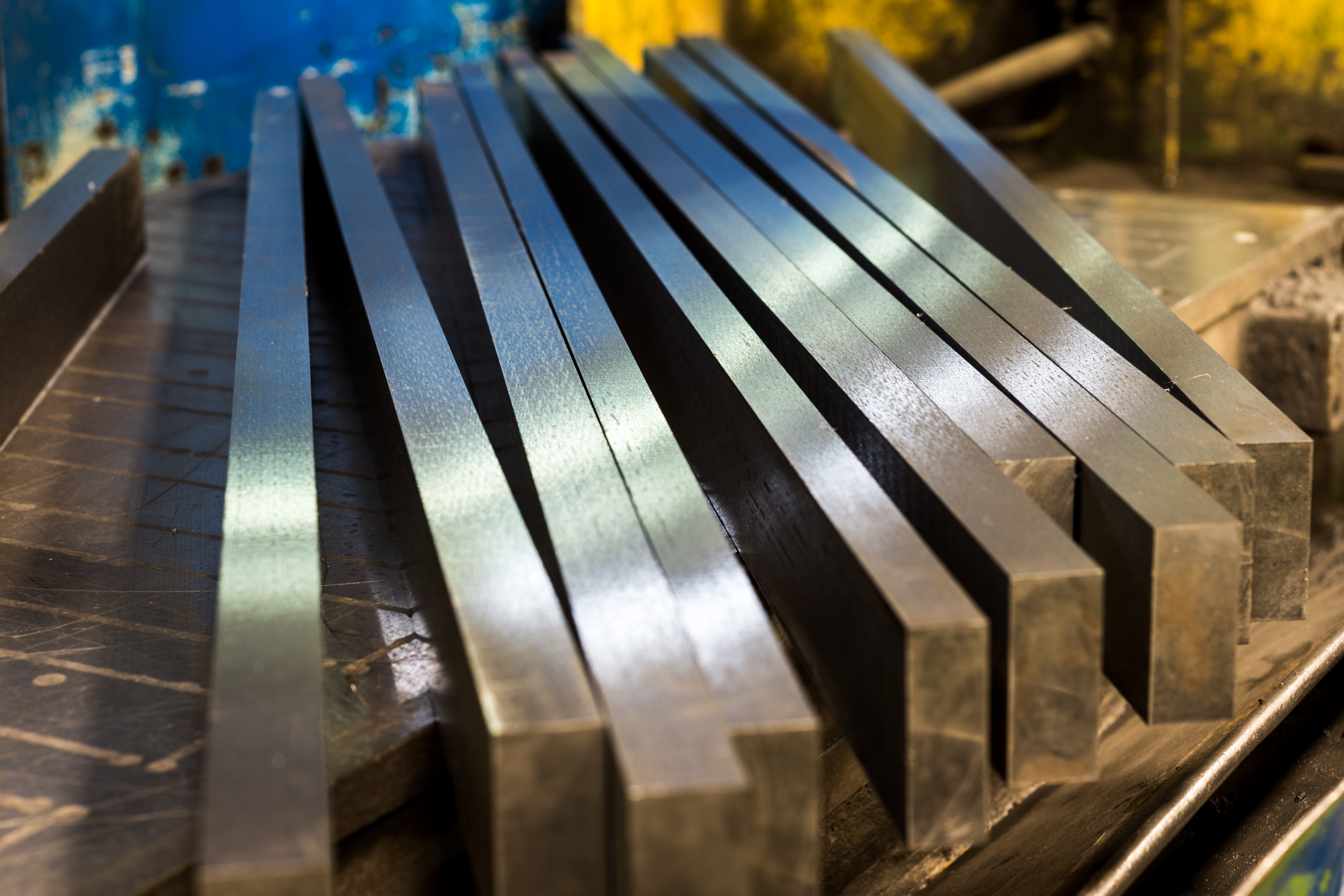
Preventing Damage to Stainless Steel
Stainless steel is an incredibly useful and versatile material, but it isn’t indestructible! Chemical damage can quickly degrade the quality of stainless steel if not properly managed. Knowing what chemicals destroy stainless steel is essential to keeping it in top condition. To prevent your stainless steel from corrosion or other damage, it’s important to understand the corrosive nature of certain chemicals and take the necessary steps to protect your stainless steel.
Chemicals such as sulfuric acid, hydrochloric acid, and nitric acid can corrode stainless steel, and any contact with these chemicals should be avoided as much as possible. Other chemicals, such as acetone, chlorine, and bleach, can also damage stainless steel when exposed to them for a long period of time. To protect stainless steel from these chemicals, it’s important to wear protective gloves and masks when handling them, and to store them in a cool, dry place away from any stainless steel surfaces.
Regular cleaning and maintenance can help keep stainless steel in good condition by removing any dirt or grime that could potentially damage its surface. Additionally, applying a protective coating or sealant to stainless steel can help protect it from corrosion, chemical damage, and other environmental hazards. Taking the steps to properly care for your stainless steel will help ensure its longevity and keep it looking great for years to come.
Maintaining Stainless Steel for Optimal Durability
Stainless steel is a popular material used in many industries due to its high durability and corrosion resistance. In order to maintain its optimal durability, it is important to be aware of the potential risks that can cause damage and destruction to stainless steel. One of the most common chemical risks to stainless steel is exposure to chlorine or chlorides. Chlorine and chlorides, or any other substance containing chlorine, can be corrosive to stainless steel and can lead to destruction of the material. It is important to remember that even though stainless steel is resistant to corrosion, it is not immune. It is important to take precautions to protect stainless steel from these corrosive substances.
Cleaning and Restoring Damaged Stainless Steel
Stainless steel is a durable and reliable material used in a variety of products and applications. It is a popular choice for kitchen appliances, sinks, and countertops due to its corrosion resistance and ability to withstand harsh temperatures. Unfortunately, despite its strength and durability, stainless steel is susceptible to damage from certain chemicals. In order to keep stainless steel looking its best, it is important to know what chemicals are hazardous and how to clean and restore any damage that may occur.
When exposed to harsh chemicals, stainless steel can suffer from pitting, discoloration, and surface damage. Acids, such as vinegar, lemon juice, and citric acid, can cause etching on the surface of the metal. Alkalis, such as ammonia, can cause discoloration. Chlorides, such as bleach and bleach-containing household cleaners, can cause pitting, corrosion, and surface damage. To avoid these issues, it is important to use stainless steel cleaners that are specifically formulated for use with stainless steel.
To restore any damage that may have been done by harsh chemicals, it is best to use a stainless steel cleaner that is designed specifically for the job. These products are formulated to restore luster and shine to stainless steel surfaces. For deeper cleaning, it is best to use a stainless steel polish that is designed to remove stubborn stains and discoloration.
When dealing with damage caused by harsh chemicals, it is important to take care of the problem quickly. If left untreated, the damage can get worse, leading to costly repairs or replacements. By knowing which chemicals can damage stainless steel and how to clean and restore it, you can keep your stainless steel surfaces looking their best.
Conclusion
When it comes to stainless steel, proper maintenance and care is key to keeping it looking pristine and preventing corrosion. Chemical cleaning agents can be a useful tool in helping to clean and maintain stainless steel surfaces, but it is important to pay attention to the type of chemical used. The wrong type of chemical can cause damage to the stainless steel and even corrode it. The best chemical to use to clean stainless steel is a mild detergent or a specific stainless steel cleaner that has been designed for use on stainless steel. These types of cleaning agents are gentle enough to clean the stainless steel without corroding it.
FAQs About the What Chemical Destroys Stainless Steel?
Q1: What chemical destroys stainless steel?
A1: Certain acids and alkalis can destroy stainless steel, including hydrochloric acid, sulfuric acid, nitric acid, and sodium hydroxide.
Q2: How can I tell if my stainless steel is being corroded by a chemical?
A2: Signs of corrosion from chemicals include discoloration, pitting, or etching on the surface of the stainless steel.
Q3: What can I do to protect my stainless steel from corrosion?
A3: To protect stainless steel from corrosion, you should regularly clean it with a mild detergent and water or a solution of vinegar and water. Additionally, you should avoid using harsh chemicals and abrasives on the surface.
Conclusion
In conclusion, it is clear that stainless steel is a strong and durable material. However, it can be damaged by exposure to certain chemicals. These include hydrofluoric acid, nitric acid, and chlorine-based compounds. These chemicals can cause corrosion, pitting, and discoloration of the stainless steel surface. It is important to be aware of the potential dangers of these chemicals and to take appropriate safety precautions when using them.
